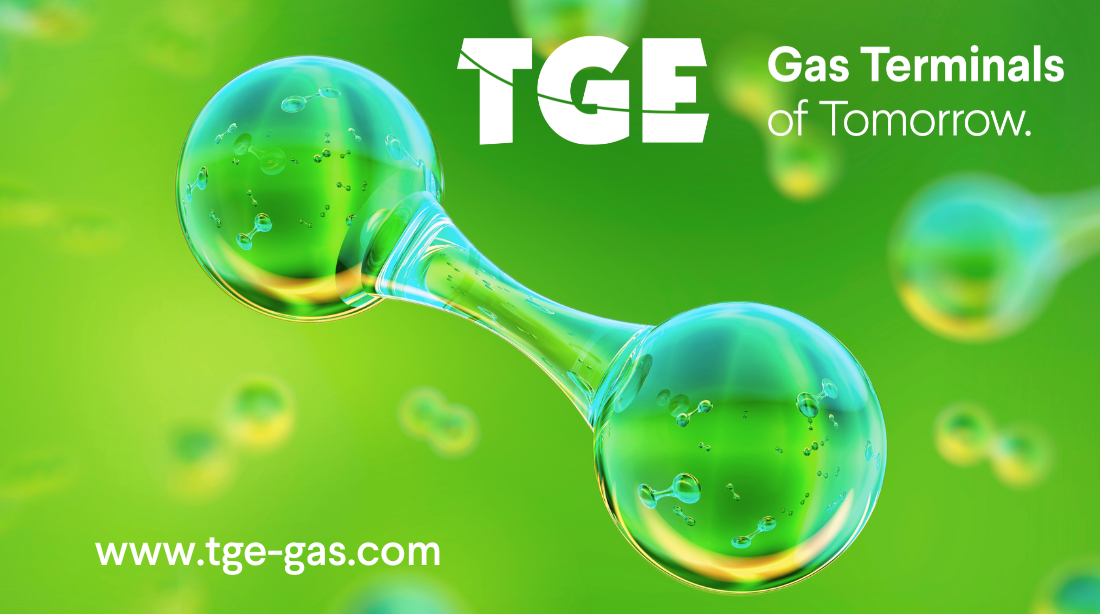TGE’s new series answers the most frequent questions about tank design. Their senior head of engineering, Jordi Bartes, answers:
Why do storage tank concepts vary depending on the type of gas?
The stored product is not the only one but one of the main drivers of the storage concept to be applied. There are many factors related to the product, but let’s focus on one today – the product storage temperature.
Large cylindrical flat-bottom storage tanks work at almost ambient pressure, as they cannot easily deal with pressure due to their shape. To be able to store these products efficiently, they are kept in the tank in their liquid form under refrigerated conditions; -1°C (butane), -33°C (ammonia), -42°C (propane), -48°C (propylene), -89°C (ethane), -104°C (ethylene) to -162°C (methane, LNG).
The storage temperature has a significant impact on the tank design. In terms of materials, tanks for “warmer” products can be built in carbon steel, but “colder” products will require special alloys such as 9% Ni steel to deal with such low temperatures. The temperature will influence the insulation; the colder the product, the more insulation is required. The colder products will require special insulation of critical areas (i.e. bottom, corners, nozzles) and cryogenic concrete reinforcement in some areas.
It might look like the colder products are more challenging, but the warmer products also create issues due to potential vapour condensation in colder ambient temperatures, so the challenges in terms of temperature for those are different but need to be addressed as well during design.
Tanks can, of course, be designed for multi-product purposes, where the requirements of all products considered need to be implemented, but this needs to be addressed already in the project concept phase.
For more information visit: www.tge-gas.com














